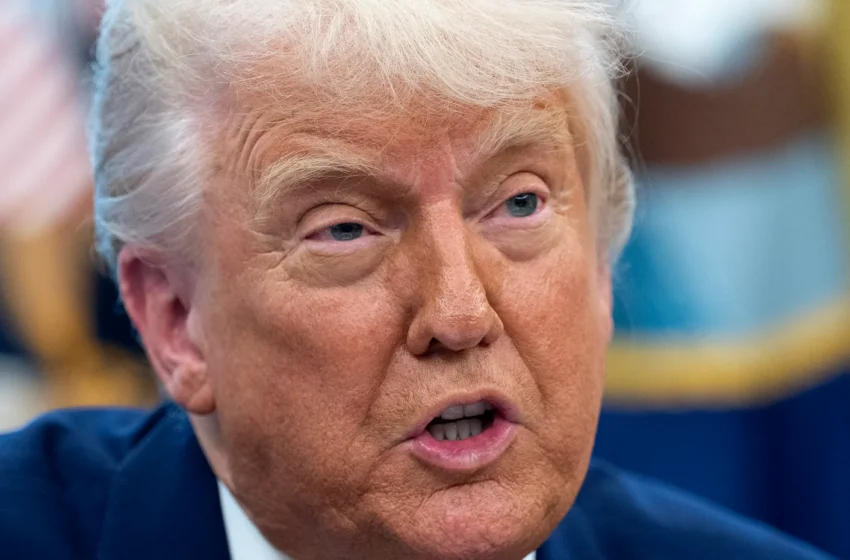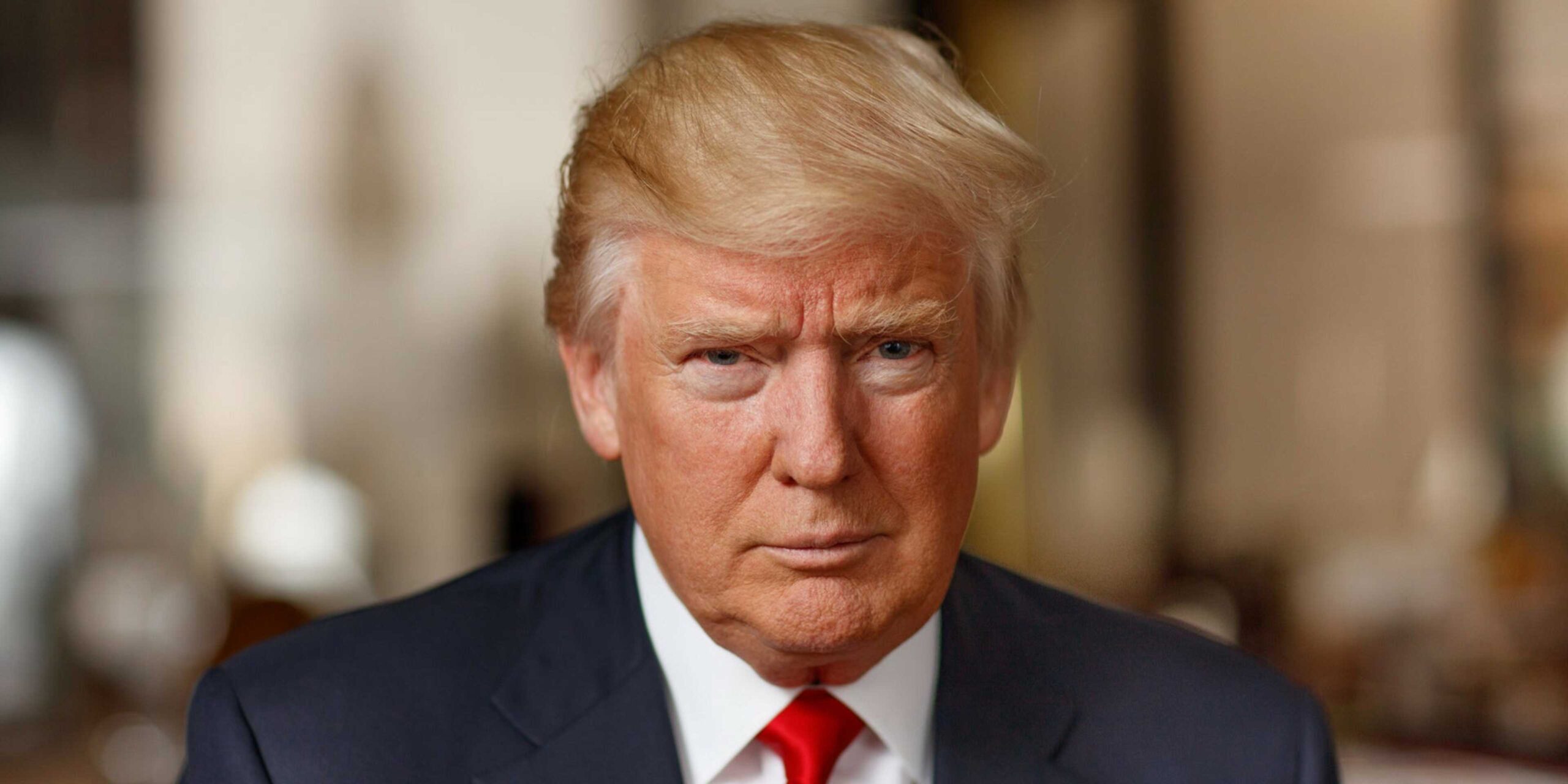Trump’s trariffs explained: Steel, cars, China, India — here’s a full breakdown

Trump’s “good English” comment to Liberia’s president draws criticism over Western perceptions of Africa
When Donald Trump returned to the White House in 2025, tariffs became one of the first and most aggressive tools he wielded to reshape global trade. Within his first 100 days, sweeping duties were rolled out under the International Emergency Economic Powers Act (IEEPA), triggering both praise from supporters who saw them as a shield for American industries and backlash from trading partners and U.S. businesses facing higher costs. Below is a breakdown of the key tariffs he introduced in his current tenure, with explanations of what they mean for the U.S. and the global economy.
Steel, Aluminum, and Copper Tariffs
One of Trump’s earliest moves was reinstating 25% tariffs on steel and 10% on aluminum, citing national security concerns. The tariffs applied globally, hitting allies and rivals alike. In some cases, copper imports also came under review for potential duties.
READ ALSO
Trump warns court ruling against tariffs could “destroy the United States”
Trump’s tariffs deemed unlawful — here’s what it means
Explainer: The administration argued that the U.S. must maintain robust domestic production of metals vital for defense, energy, and infrastructure. While this policy aimed to protect American mills, it also raised costs for manufacturers and invited retaliatory tariffs from countries like Canada and the European Union.
Vehicle and Auto Parts Tariffs
On April 2, 2025, Trump imposed 25% tariffs on imported vehicles and auto parts, dubbing it part of his “Liberation Day” trade reset. The move targeted cars from Japan, South Korea, Germany, and even close allies, reshaping supply chains overnight.
Explainer: Trump framed the tariff as a way to revive U.S. auto manufacturing and punish nations that he argued had long taken advantage of American markets. Critics, however, warned that the policy would make cars more expensive for U.S. consumers and risk a trade war with countries heavily invested in the U.S. auto market.
Global “Reciprocal” Tariffs
Perhaps the most sweeping measure came in the form of a universal 10% tariff on all imports, paired with “reciprocal” tariffs that matched or exceeded the duties other countries placed on U.S. goods. For example, China initially faced tariffs as high as 145%, later reduced to around 30% following tense negotiations, while the European Union was hit with around 20%, and India with a steep 50%, partly due to its continued purchase of Russian oil.
Explainer: This approach was built on Trump’s belief that America had been treated unfairly in global trade for decades. By imposing reciprocal tariffs, he sought to force trading partners to lower their own barriers. However, critics warned that such across-the-board measures disrupted supply chains, fueled inflation, and shifted the costs onto U.S. consumers.
Tariffs on Canada and Mexico
Trump also imposed 25% tariffs on most goods from Canada and Mexico beginning March 4, 2025, though some exemptions were granted for oil and energy products, which carried a lower 10% duty. The policy revived tensions that had cooled after the USMCA trade agreement but left room for over 80% of trade between the three nations to remain tariff-free.
Explainer: Trump’s justification was that Canada and Mexico had exploited loopholes in previous trade deals, allowing their industries to undercut American workers. While the tariffs pressured both countries to the negotiating table, they also risked destabilizing supply chains in North America, where industries like agriculture and auto manufacturing are deeply interconnected.
Brazil-Specific Tariffs
Brazil became a special target of Trump’s tariff strategy. Beginning in April 2025, imports from Brazil faced a 10% tariff, which was later escalated to a punishing 50% in August 2025. The administration cited trade imbalances and Brazil’s foreign policy choices as justification.
Explainer: The sudden escalation strained U.S.-Brazil relations, sparking what many described as a diplomatic crisis. While the tariff was aimed at reducing U.S. reliance on Brazilian commodities, critics argued that it risked inflaming tensions with one of Latin America’s largest economies and a key U.S. trading partner.
Elimination of the De Minimis Exemption
In late August 2025, Trump signed an executive order eliminating the de minimis exemption, which previously allowed duty-free import of low-value goods under $800. This move meant that millions of small packages, often from e-commerce giants like Amazon, Temu, and Shein, suddenly became subject to tariffs.
Explainer: The administration claimed this change closed a loophole that foreign companies had exploited to flood the U.S. with cheap products, undercutting domestic sellers. While it leveled the playing field for American retailers, it also raised prices for everyday online shoppers, making goods from overseas far more expensive.
Economic and Global Effects
These tariffs collectively raised the U.S. average tariff rate from about 2.5% to nearly 27% by April 2025, before settling around 18.6% by August. They now account for roughly 5% of federal revenue, compared to just 2% historically. Yet, while Trump touts tariffs as a financial win, their impact on households has been significant: estimates suggest American families are paying between $1,200 and $3,800 more annually due to price hikes linked to tariffs.
Globally, Trump’s tariff surge has contributed to rising inflation and disrupted supply chains, pushing companies toward “friendshoring” — shifting production to politically friendly countries. The World Trade Organization (WTO) warned that global trade volumes could shrink by up to 1.5% in 2025 if the tariff wars escalate further. Markets have already shown volatility, with major stock indexes tumbling on the days Trump announced his “Liberation Day” tariffs.


